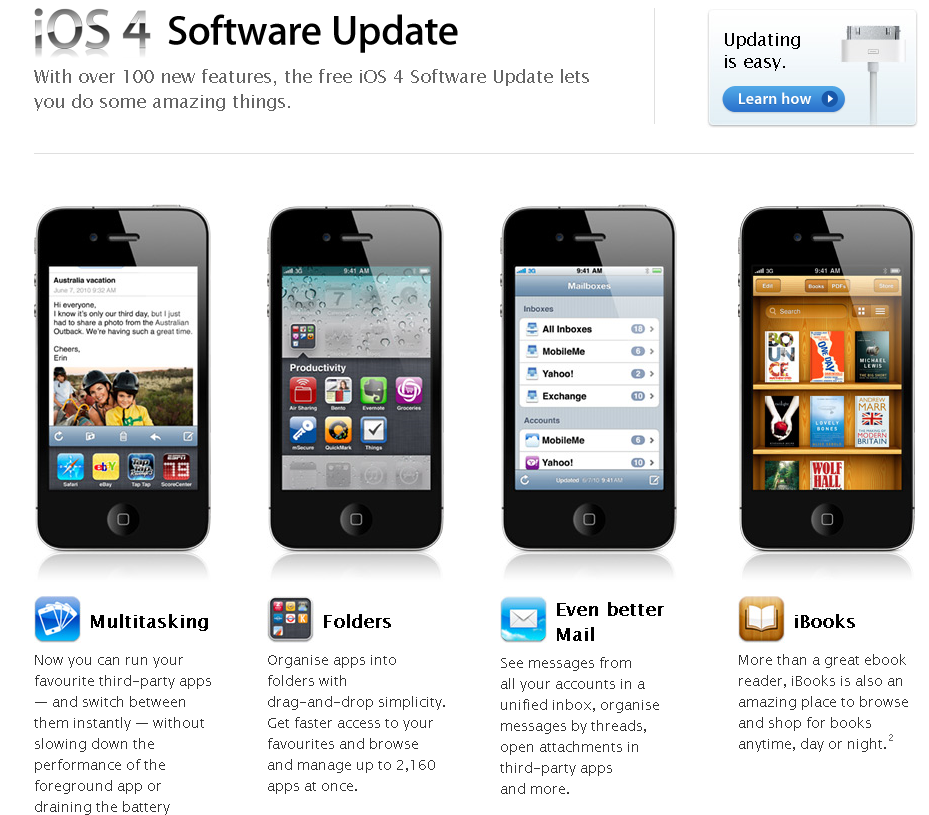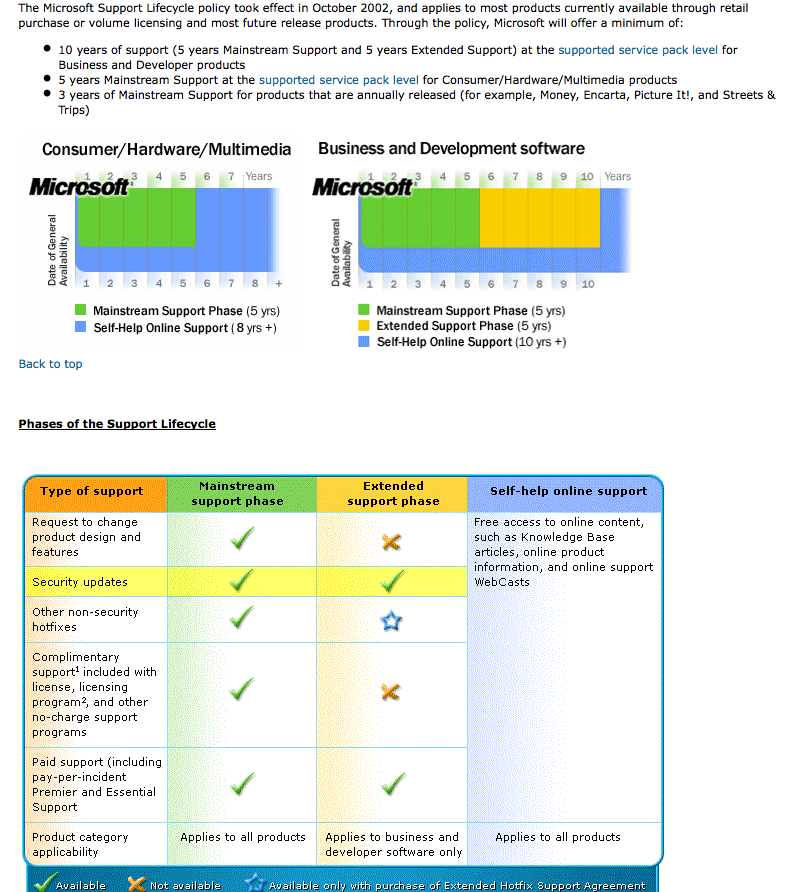I am not currently an iPhone user, but its clear that for many reasons they are a smart phone of great desire. Many of the customers I work have have shown an interest in deploying iPhones in their corporate environment. The reason being… well that often seems to be a difficult one for them to answer. I dont think they know really, perhaps they like the idea of developing some internal apps, or perhaps they like the idea of a trendy device.
Now I am all about helping people make an informed decision regardless of if I agree or not, so this got me into looking at the state of iPhone security (pre iOS4) and its not so good. Personally I think the iPhone is great for the user on the street (33% of smart phones globally are iPhones), but letting it lose in the corporate environment, against established Black Berry devices and alike, is surely madness?
I am not going to go into any great detail here, as a blog post is really not the place, but hopefully the information below will paint a small picture of concerns about using an iPhone in the corporate environment. If your interested in doing more research check out iPhone Forensics by Jonathan Zdziarski, as well as checking out his tutorials online. There was also a recent SANS Webcast on iPhone security also, and this also shared the same thoughts that I have, from investigations and information found online. I will also be doing another post on the security benefits iOS4 has brought, and how it does or doesn’t change the iPhones suitability in a corporate environment. Also check out CESG’s declaration of no iPhones allowed in Whitehall posted on The Register.
My main issue with iPhones for corporate environments, aside from the below is that there is no real enterprise management tooling. Yes some things can be improved with the use of the iPhone Configuration Utility, but this is a local process, and requires other tooling to distribute the config files. You can get some more additional control and reporting if you incorporate exchange, and maybe MobileMe. Also dont forget iTunes is also required, how many corporate standard builds feature iTunes?? I just cant see why companies consider the iPhone when compared to established offerings like Black Berrys, with its full enterprise suite of tools.
iPhones can be Jailbroken – This is the term associated with unlocking the restrictions applied to an iPhone, allowing any code to be run regardless of its approval by Apple or any other organisation, another advantage is that a Jail Broken iPhone also removes the ability for the remote removal of applications via Apple. Its is estimated that around 10% of iPhones globally are Jail Broken, the reason for this is most likely that others are worried about the voiding of warranty, as well as restricting the application of future updates from Apple. As well as opening your iPhone to using more programs, and enhancing its use, Jail Breaking also reduces the security of your iPhone if you are not security savvy. This was
demonstrated in late 2009 when a hacker released a worm targeting Jail Broken iPhones, there have also been other reports of viruses on Jail Broken iPhones compromising banking
transactions.
iPhone OS (pre iOS4) – All popular operating systems have security issues, and the iPhone OS has its fair share of vulnerabilities. The latest OS updated 46 currently known vulnerabilities; the reality is that as the iPhone grows in popularity and becomes adopted by organisations the incentive and reward to find and exploit vulnerabilities will continue to grow. A new feature or some would say security flaw with the iPhone OS that was discovered in May 2010 is the automatic mounting of the iPhone’s memory when connected via USB to a Linux based machine. This bypasses any controls, PINs and encryption set on the device and gives a limited access to the iPhones storage. I believe the primary goal was to allow iPhones to be used easily with Linux distributions, however obviously this brings with it serious security concerns.
The Apple App Store – The Apple App Store provides the single official point of contact for all applications on the iPhone. The idea behind this is to ensure that all applications are safe for use, and there are currently around 235,000 applications approved for download. Apple have confirmed that around 10% of applications submitted to the App Store have components within them that will aim to steal data. With this in mind, I would suggest that it is unlikely that Apple are able to 100% guarantee that all applications available have been fully tested and defined as safe. In fact it has been known that Apple occasionally remove applications from the App Store, and people’s devices, after making a decision to recall specific applications for various reasons. There are also various theories on how an application could be made available on the App Store, and obfuscate its real intention to steal data. The point to be made here, is that applications could potentially steal corporate data, regardless of their supposed safety approvals from Apple.
Passcodes and Pin Numbers – Most smart phones use a passcode, or PIN number to restrict the physical access to the device. iPhones do have this feature, however it is restricted as standard to only being 4 digits. This is obviously not a good situation, however the situation is made worse with multiple ways to bypass the passcode requirement all together. Some methods require the use of a computer, while others can be done stand alone in less than two mintues. This then gives full access to the device, contacts, emails etc, as if you have
entered the appropriate code.
Encryption – Until the release of the iPhone 3GS there was no encryption available on the device. The 3GS now features full hardware encryption of the device’s contents. Once again
with physical access it is possible to make a copy of the entire contents of the device, and circumvent the encryption, all of this is easily possible in fewer than 5 minutes. Just check out YouTube.
System Data – The iPhone stores a lot of data classified as system data. Even though applications run in a sandboxed / isolated environment there is still some leakage that occurs
when obfuscation is used within a program’s code. The system data contains a large amount of information, email parameters, names and addresses, but no passwords or messages. In
addition all keyboard entries (except for password fields) are cached and stored, along with address book entries, the last 20 sites browsing history, WIFI network history, as well as
images and their associated data, time, data, location. An interesting feature is that every time the home button is pressed on the iPhone to return to the home menu a screen shot is
taken, containing all the information on the screen for that application at the time, this is also saved and stored as system data. In addition to this VoiceMails can also be stored as system data. All of this system data can be accessed and backed up with physical access, as discussed before with encryption bypassing. An application that steals data would also have
access to this data, and could transmit the information over a Wifi network, or mobile Internet.
Finally, just as a reminder, these are just my opinions and thoughts, based on research and findings. I do like Apple products, I have a few 🙂 However I am still not sure its ready for the corporate environment. Perhaps after reading about ALL the proposed iOS4 updates I will change my mind.




